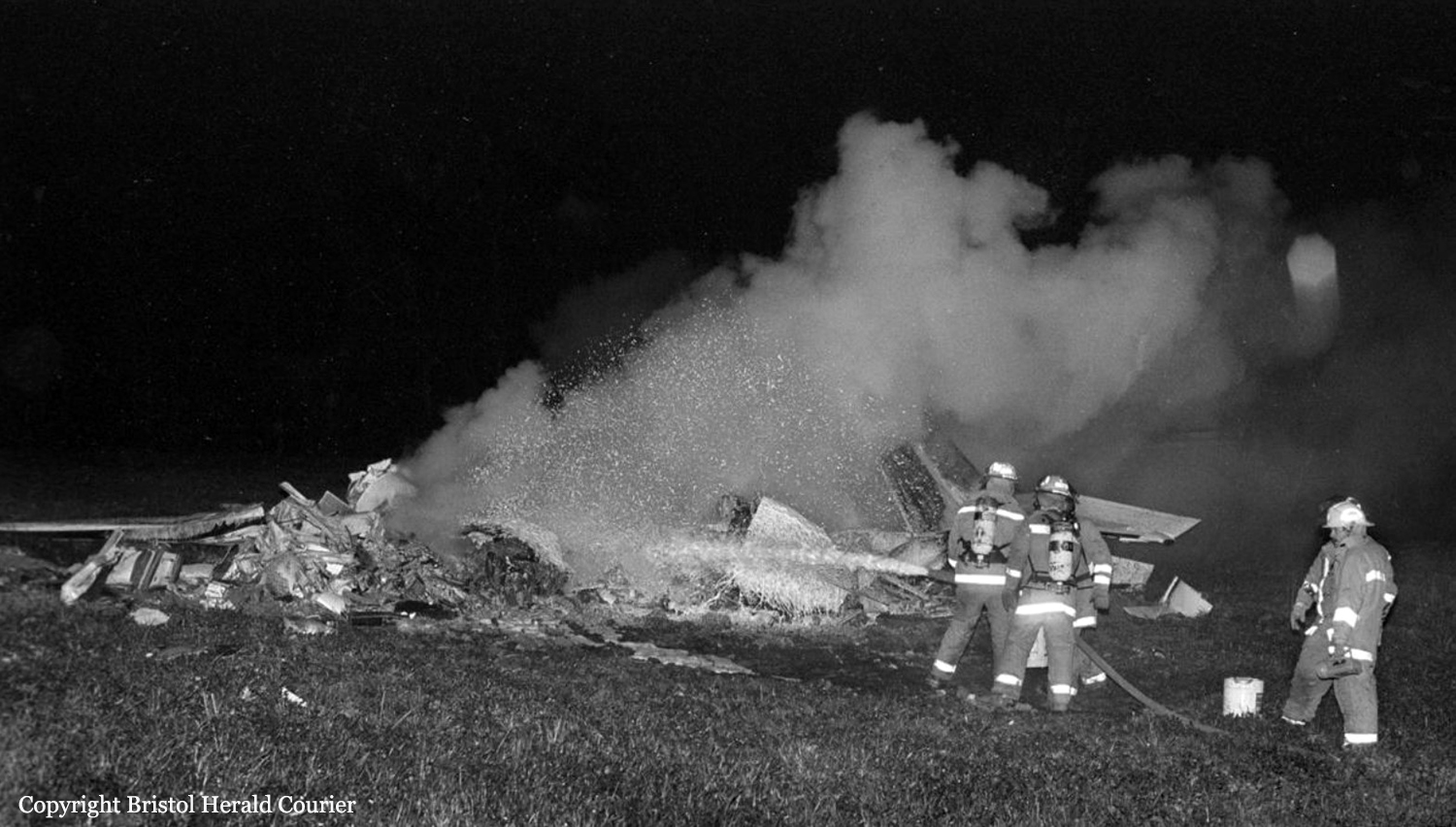Crash of a Beechcraft B60 Duke near Gatlinburg: 1 killed
Date & Time:
Feb 11, 1995 at 1327 LT
Registration:
N6749S
Survivors:
No
Schedule:
Knoxville - Knoxville
MSN:
P-519
YOM:
1979
Crew on board:
1
Crew fatalities:
Pax on board:
0
Pax fatalities:
Other fatalities:
Total fatalities:
1
Aircraft flight hours:
2488
Circumstances:
The pilot departed Knoxville on a local pleasure flight to the Gatlinburg area. A few minutes into the flight, the pilot requested the ILS approach to Knoxville. About two minutes after the initial request, he requested immediate radar vectors. The controller requested the flight's altitude, but there was no reply from the pilot. The aircraft collided with trees at the 3,500 foot level of rising terrain seven miles southwest of gatlinburg. A hiker reported hearing, the sound of the engines running until the airplane collided with trees. The hiker also stated that clouds obscured the tops of the mountains. Examination of the accident site disclosed that wreckage debris was scattered over an area 650 feet long and 75 feet wide. The wreckage examination failed to disclose a mechanical problem. Sole on board, the pilot was killed.
Probable cause:
The pilot's continued visual flight into instrument weather conditions that resulted in a collision with rising terrain.
Final Report:



